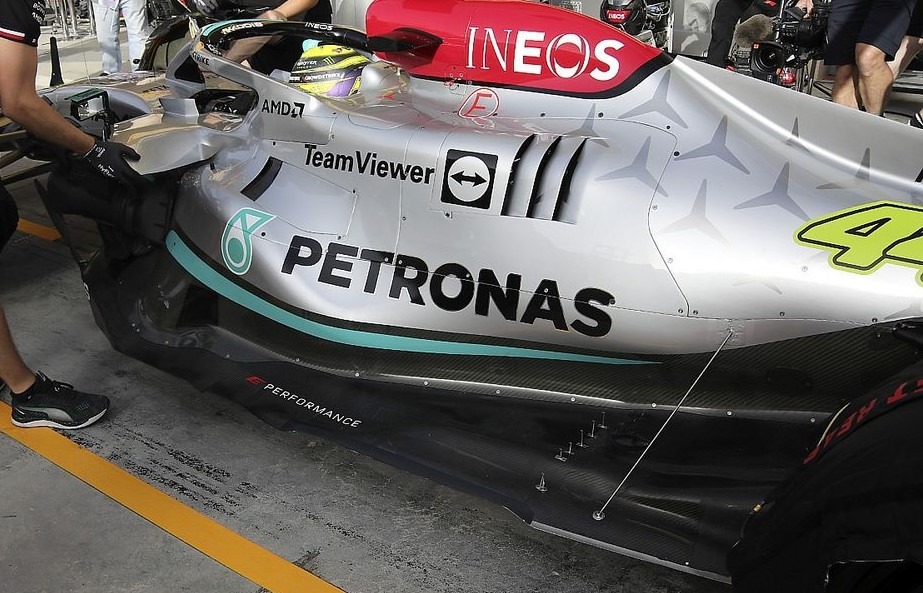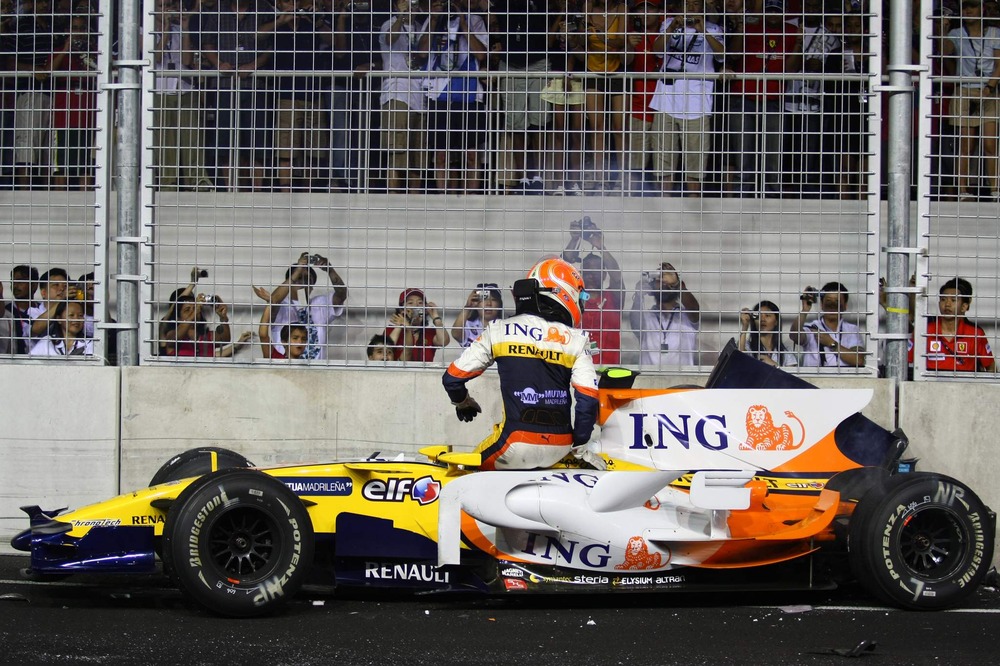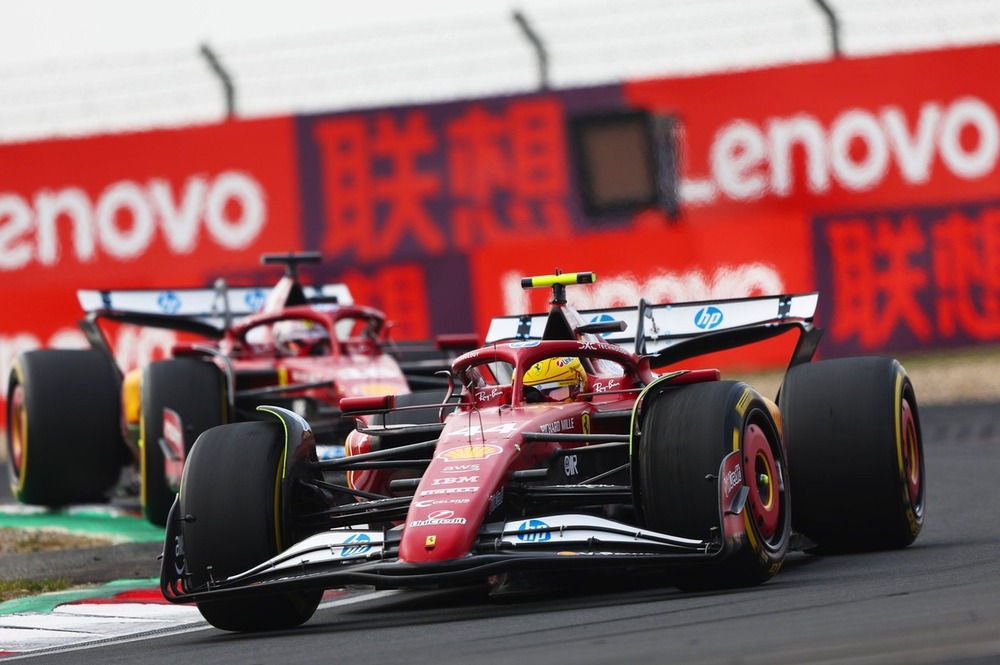A compromise deal to raise the cars’ floor edges by 15mm has been struck with the FIA after some F1 teams have suffered with bouncing so far in 2022.
According to reports, Formula 1 teams have agreed to a tweak in the technical rules of the sport that will raise floor edges by 15mm to help reduce car bouncing.
The FIA and team representatives gathered last Wednesday at a Technical Advisory Committee meeting, and reports indicate that a deal was struck to increase the cars’ floor edges by 15mm.
The FIA had previously proposed to raise the floors by 25mm in an effort to lessen the bouncing that many teams had reported with their 2022 cars, but this had been opposed by at least half of the teams, with many citing concerns over expensive redesigns of their 2023 cars and adding that their current cars were not thus afflicted.
Toto Wolff, the team principal for Mercedes, had been an outspoken supporter of increasing the cars’ floors, citing health issues related to bouncing.
“The FIA has commissioned medical work on the porpoising,” Wolff said. “The summary of the doctors is that frequency of 1-2Hz, sustained over a few minutes, can lead to brain damage.”
“We have 6-7Hz over several hours. So the answer is very easy: the FIA needs to do something about it.”
Red Bull, who are now leading the championship, have not had as much trouble with bouncing, and Team Principal Christian Horner had warned that changing the rules for safety reasons would create a bad pattern.
“I think that a compromise needs to be found, but it’s a little bit of a tricky one because that regulation change is massive,” Horner said. “It changes the whole concept of the aerodynamics and it’s a tricky one for the FIA, because where do you draw the line?”
“While there is a safety obligation of the FIA to look into, where does that line stop? Do we need to seek permission to go from slicks to wet or wet to slicks? If we hit a kerb or not?”
“You’ve got to be very careful about the unintended consequences of these things.”
After the 15mm rise was decided upon, Horner said: “[15mm] is not as good as leaving it alone, [but] it’s not as bad as the 25mm that was originally [suggested].”
“It’s a compromise that we’re just going to have to incorporate for next year,” he added. “We’ll just have to deal with it and find a solution. That’s what we’ve been good at over the years, and we’ll just have to do that with this challenge.”
In addition, Zhou Guanyu’s accident at the British Grand Prix, in which the Chinese driver’s Alfa Romeo crashed and its protective roll hoop appeared to fail upon its first impact with the ground, was brought up by Horner during the Hungarian Grand Prix weekend.
The lack of effective protection provided by the roll hoop and the car’s form, which allowed it to sink into the ground, were cited by Horner as being more hazardous to the health and safety of drivers than bouncing and porpoising.
“Safety is of paramount importance to everybody, but it has to be taken into context,” said Horner. “I’d be far more concerned about the roll hoop on the [Alfa Romeo]. That needs looking at from a driver protection point of view.”
At the Technical Advisory Committee meeting on Wednesday, questions about the collapse of Zhou’s roll hoop were again addressed, and according to reports, the FIA will take action on the issue.
To lessen the chance of digging into the ground in the case of a car overturn, the roll hoops must have a more rounded top by 2023. The upper portions of F1 cars will also need to undergo more rigorous load tests starting in 2024.





